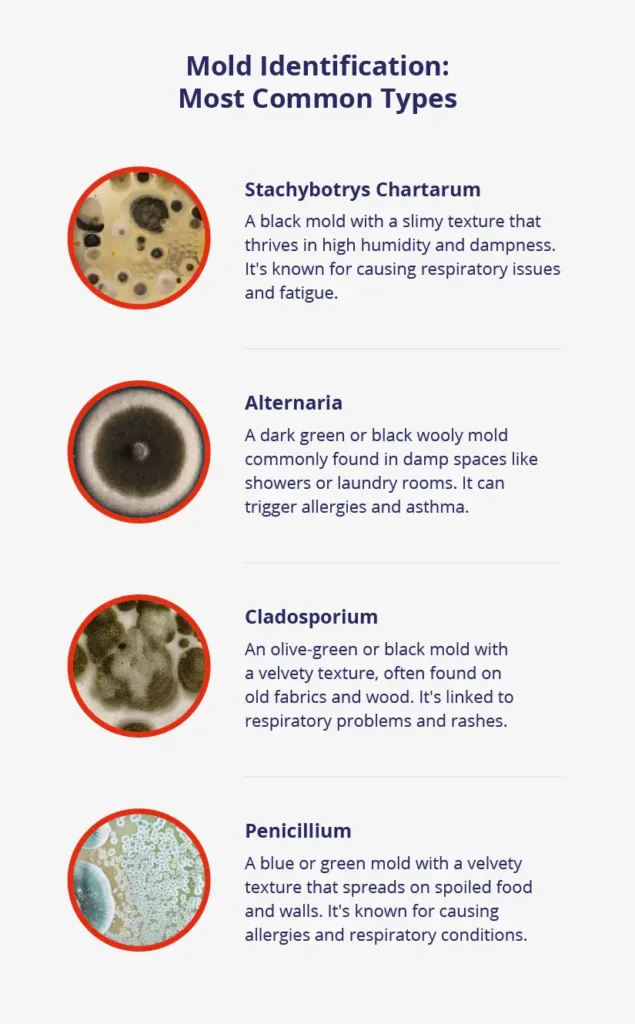
Discover what black mold looks like and how to identify it in your home with our Mold Solutions Guide article. Learn the characteristics, appearance, and potential health risks of black mold.
Identifying Black Mold: Visual Characteristics to Watch For
Identifying Black Mold: Visual Characteristics to Watch For
Black mold can be identified by its distinct appearance. This type of mold is typically very dark in color, often appearing black or greenish-black. It may also have a slimy or fuzzy texture. Additionally, black mold tends to grow in areas with high moisture levels, such as bathrooms, kitchens, and basements.
Another key characteristic of black mold is its musty odor. If you detect a strong, musty smell in a particular area of your home, there is a possibility that black mold is present.
When inspecting for black mold, look out for clusters of small black spots or patches. These spots can appear on walls, ceilings, and other surfaces. Black mold can also cause discoloration or staining on surfaces.
Remember, if you suspect that you have black mold in your home, it is important to address the issue promptly to prevent potential health risks and further damage.
Frequently Asked Questions
How can I identify black mold in my home?
You can identify black mold in your home by looking for dark green or black patches that may appear slimy or powdery. Musty odors, water damage, and allergic reactions in occupants can also indicate the presence of black mold. It’s important to hire a professional for proper testing and removal.
What are the characteristics of black mold?
Black mold is typically characterized by its dark greenish-black color, musty odor, and slimy texture. It thrives in damp and humid environments, posing health risks such as respiratory issues and allergies.
Are there any specific signs to look for when trying to spot black mold?
Yes, there are specific signs to look for when trying to spot black mold. These include a musty odor, visible black or greenish-black spots on walls or ceilings, and respiratory symptoms such as coughing and sneezing.
Is black mold always black in color?
No, black mold is not always black in color. It can also appear as dark green or grayish-black, depending on the conditions and the type of mold present.
Can black mold have different appearances depending on the surface it is growing on?
Yes, black mold can have different appearances depending on the surface it is growing on.
In conclusion, identifying black mold is crucial for effective mold solutions. By knowing what black mold looks like and understanding its characteristics, individuals can take the necessary steps to address the issue promptly. Remember to prioritize safety measures when dealing with black mold and consult professionals for thorough remediation to ensure a mold-free environment.
![]()